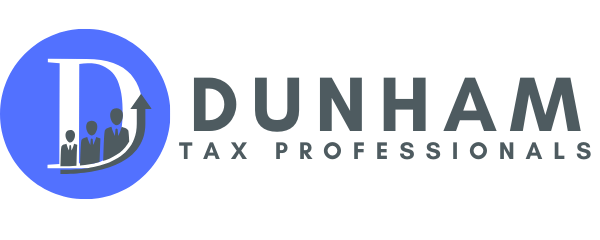Right now, the thing on every business owner’s mind is the new round of Payroll Protection Program – PPP – funding. And many of you out there may have already received those funds. If you do, it’s definitely time to start asking yourself some important questions, including: How do I maximize its use? How do I make sure it gets forgiven? How is this going to affect the forecasting and budgeting of my cashflow moving forward?
With these questions in mind, consider the following:
- Focus on what’s forgivable: As we know, the PPP is designed for those critical expenditures including salaries, wages, vacation, parental, family, medical, or sick leave, and health benefits; Rent or mortgage interest if the mortgage was signed before February 15, 2020; Approved Utilities, such as gas, electric, water, telephone and internet; Software and equipment; Property damage and Safety and compliance expenditures related to COVID-19.
- Document it all… and keep everything: This is best business practices, anyway, but with PPP, it’s important to maintain a document of everything funds were used for, e.g., have documentation to show the number of employees you have and how you have not laid anyone off since February 15th. If you did lay or furlough employees after receiving the loan, you have until December 31st to hire them back, in order to get full forgiveness. Make sure you understand every expense that you can allocate to the PPP and again, that at least 60% of the PPP loan is used for payroll.
- Forecast through the end of the year: Part of how you make sure you get forgiveness for the PPP loan is by being able to certify that your business needed the money due to the economic pressure from the COVID-19 crisis. It’s necessary that you maintain projected Profit and Loss Statement and a projected Cash Flow Statement in aid of getting a grasp on how the PPP loan helps your cash flow; how to spend the PPP money correctly, as well as whether or not the business needs more than just PPP to survive this crisis.
- Line up additional funding: Forecasting needs to be an opportunity to play with your numbers and see what is possible. As stated above more than just PPP may likely be necessary to keep your business going. Using “what if” scenarios will also help you understand the different options you have and the reality of what it will take to keep your business alive – and that may entail cutting staff, calling vendors, making deals and otherwise scrambling to seek out additional aid or loans, as needed and appropriate, including exploring the availability of local aid for small businesses, as well as whether the Emergency Injury Disaster Loans are right for your business.
Now more than ever, it’s so important to seek information and guidance from professionals in this area. Not only is the PPP deadline March 31, but it’s also tax season. Isn’t it time you had someone on your side, working for you?
We’re here to help. Contact Dunham Tax Professionals today.

